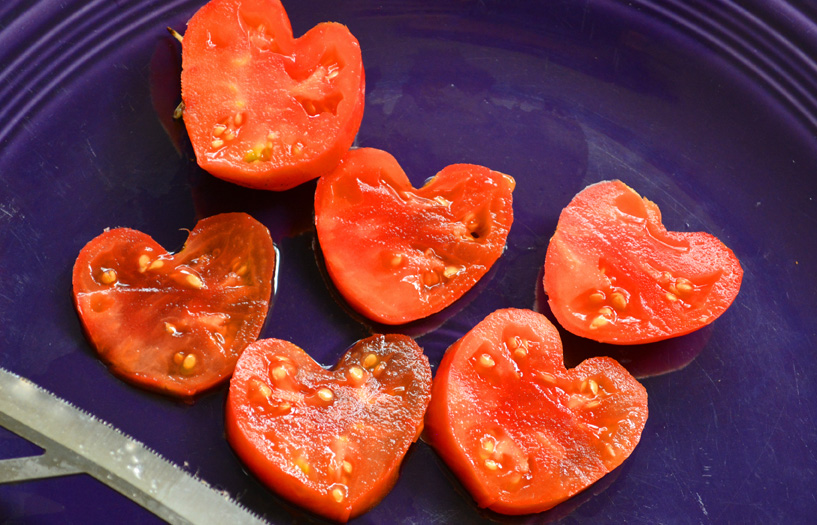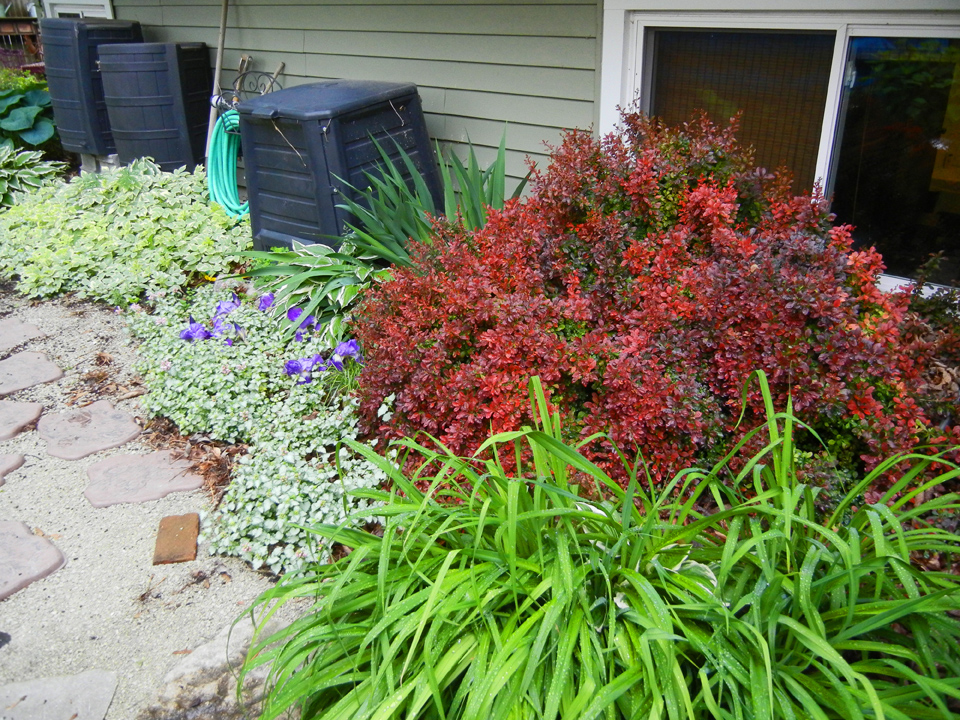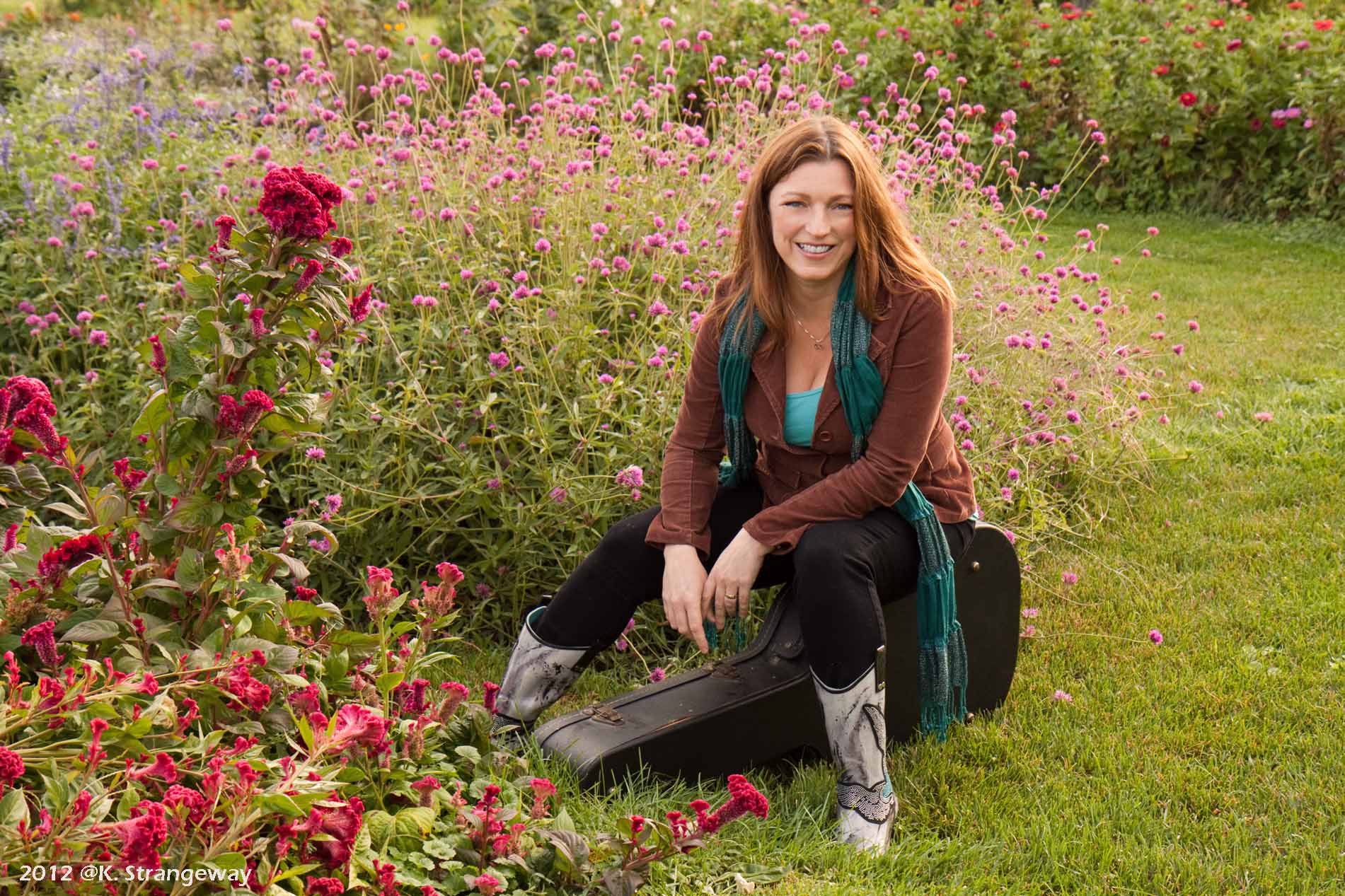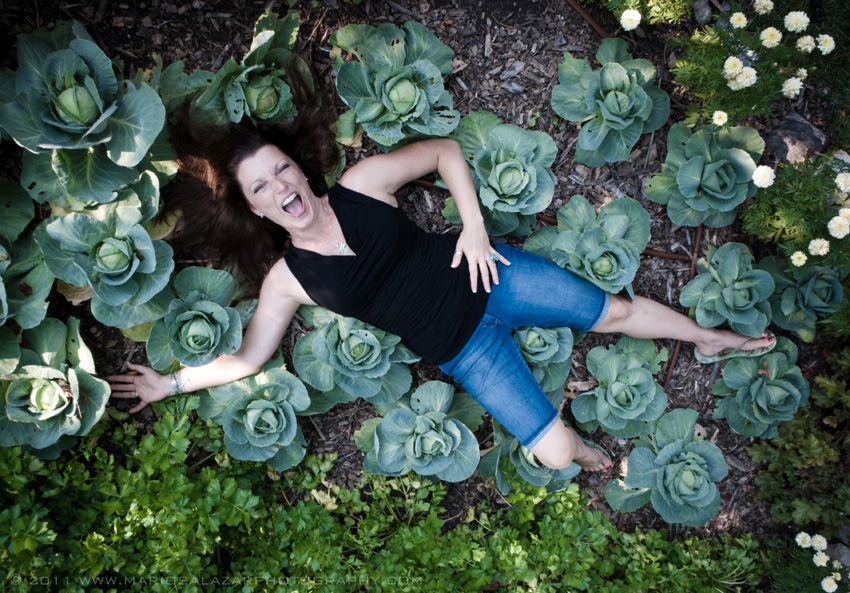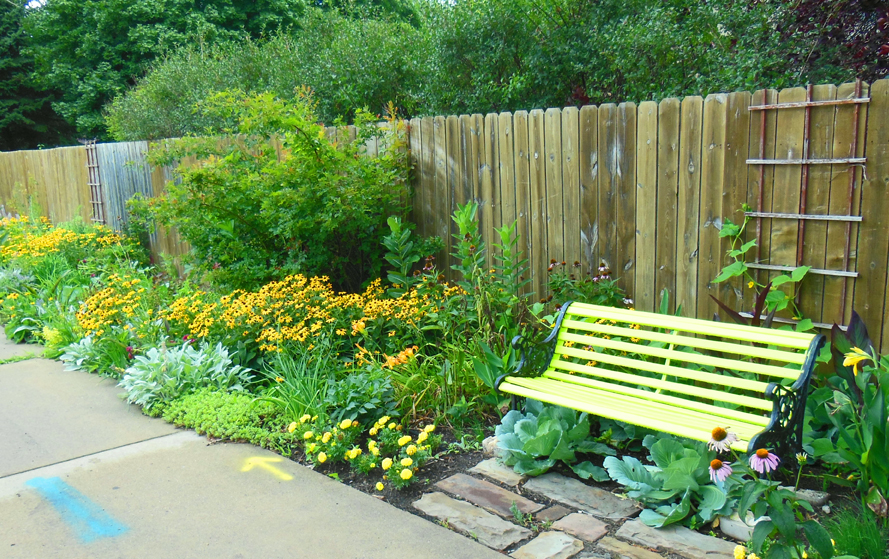How to Plant an Organic Perennial Pollinator Garden
Planting an organic perennial pollinator garden is a smart plan for your community and family. Growing organic garden beds means you will be using less chemicals on your property. Pollinator sustaining plants will help support bees and butterflies in your neighborhood.
Below is a list of my absolute favorite perennial pollinator garden plants. Their abundant flowers and pollinator-attracting properties rock-the-socks off any mixed border or perennial bed.
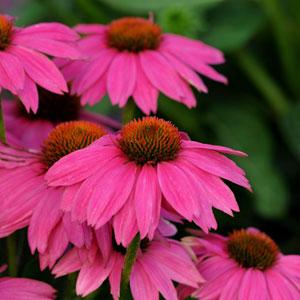
List of Best Organic Perennial Pollinator Garden Plants
- Coneflower (Echinacea)
- Blanket Flower (Gaillardia)
- Yarrow (Achillea)
- Stone Crop (Sedum)
- Russian Sage (Perovskia atriplicifolia)
- Black-Eyed Susan (Rudbeckia fulgida sullivantii goldsturm)
- Penstemon (Penstemon)
- Lamb’s Ears (Stachys byzantina)
- Creeping Phlox (Phlox subulata)
- Coreopsis (Coreopsis) All varieties
Pollinator friendly perennial plants are fantastic long-bloomers which are often easy to maintain. In the below video, you can see a smart design for easy-to-grow perennials that are drought tolerant. Coreopsis ‘Early Sunrise’ (below), Coreopsis ‘Sunfire’, and Echinacea ‘PowWow Wildberry’ (above right) are featured.
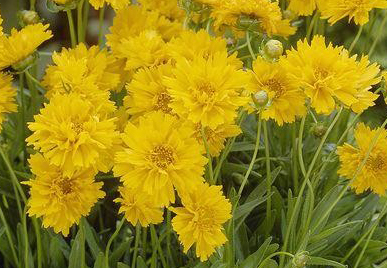
The Basics on How to Plant an Organic Perennial Pollinator Garden
Whether you have a large space or a small space, you can plant a organic perennial pollinator garden. This type of landscape can contribute to your neighborhood bee and butterfly population. When you add herbicides, heavy fertilizers, and other chemicals to your landscape, it can harm pollinators such as bees and butterflies.
Pollinators are more likely to survive and populate without herbicides or other chemicals. Therefore, plan a garden from the beginning, without the need for extra chemicals.
1. Make a Planting Plan for Your Garden
The secret to a well laid-out garden is understanding the space and pre-planning. Start by measuring your preferred planting area. Using a pencil, sketch out a rough design of your garden landscape. Consider where you might want tall plants, wide plants, or short plants within the plan. Are you lining a walkway or building a view or shading a patio? Picturing the short, medium, and tall perennial landscape is important. It helps you solve problems and build views. This enables you to decide what size and shape of plants will be best for the garden. Plan for a garden that fits the architecture of the home or building you are landscaping.
More Flowers or Less Flowers? That is the Question
Another concern for your planting plan is flower power. Would you prefer an all green landscape with minimal flowers? Perhaps you would prefer a non-stop flowering extravaganza? Flowers rarely bloom non-stop for more than 4 weeks. Planning your garden to have the flower impact you like might mean planning for successive flowering. When one type of perennial stops blooming, then the perennial explodes in bloom right next to it. Repeating bloom should be an important part of your plan if flowers are important to you and your community.
2. Choose Perennial Plants with Similar Needs
Sunshine and water needs are critical for the success of your organic perennial pollinator garden. What conditions will you be growing in? Full sun? Part sun? Full shade? In order to choose appropriate plants for an area, it is necessary to determine what the sunshine and watering needs will be. Designing a rain garden? Desert loving plants will not survive with wet feet.
Plan to group perennial plants together that have similar needs and requirements. Native plants require no added support and can easily be grouped together. Desert plants should be grouped in their own xeric community. Bog plants needs a watery-bog area. While other perennials might need a heavy level of sunshine and consistent moisture.
3. Test and Amend the Soil Before you Plant Perennials
In order to make a planting plan for your garden, you need to understand the conditions the plants will be growing. Soil type and content is absolutely critical. What is in your soil? In order to understand the answer, you will have to have the soil tested with a kit. Once you have determined what the soil lacks, amend the soil with organic fertilizer, fresh soil amendments, and natural organic matter to loosen and improve the soil when necessary.
Your goal is to make the soil a healthy home for soil microbes and plants to thrive without the need for excess chemicals. Adding only organic and natural amendments will reduce chemical run off and be much better for pollinators.
4. Regular Maintenance of a Perennial Garden
Once the garden is planted in the landscape, long-term management is important. Consistent weeding, watering, mulching, and organic-only fertilizing of the garden beds will help planted perennials have a longer life.
Planting a large perennial bed is fine, but it is easy to start with a small urban perennial bed. Any garden can encourage more pollinators such as bees and butterflies to come into your community. Native plants are a good choice because they have lower watering requirements and, of course, native plants support native pollinators.
Keep in mind that perennials take a few years to develop, but will soon fill in to be a gorgeous little bed. Watch this short video (below) and learn how to plant these perennial plants in your small garden bed.
Video here – https://youtu.be/MGVq7zUq7qM
Special thanks to Wave Petunias for providing the herbs, vegetables, and flowers used in this How to Plant a Small Perennial Pollinator Garden video. Visit www.wave-rave.com to learn more.

Healthy Pollinator Garden
